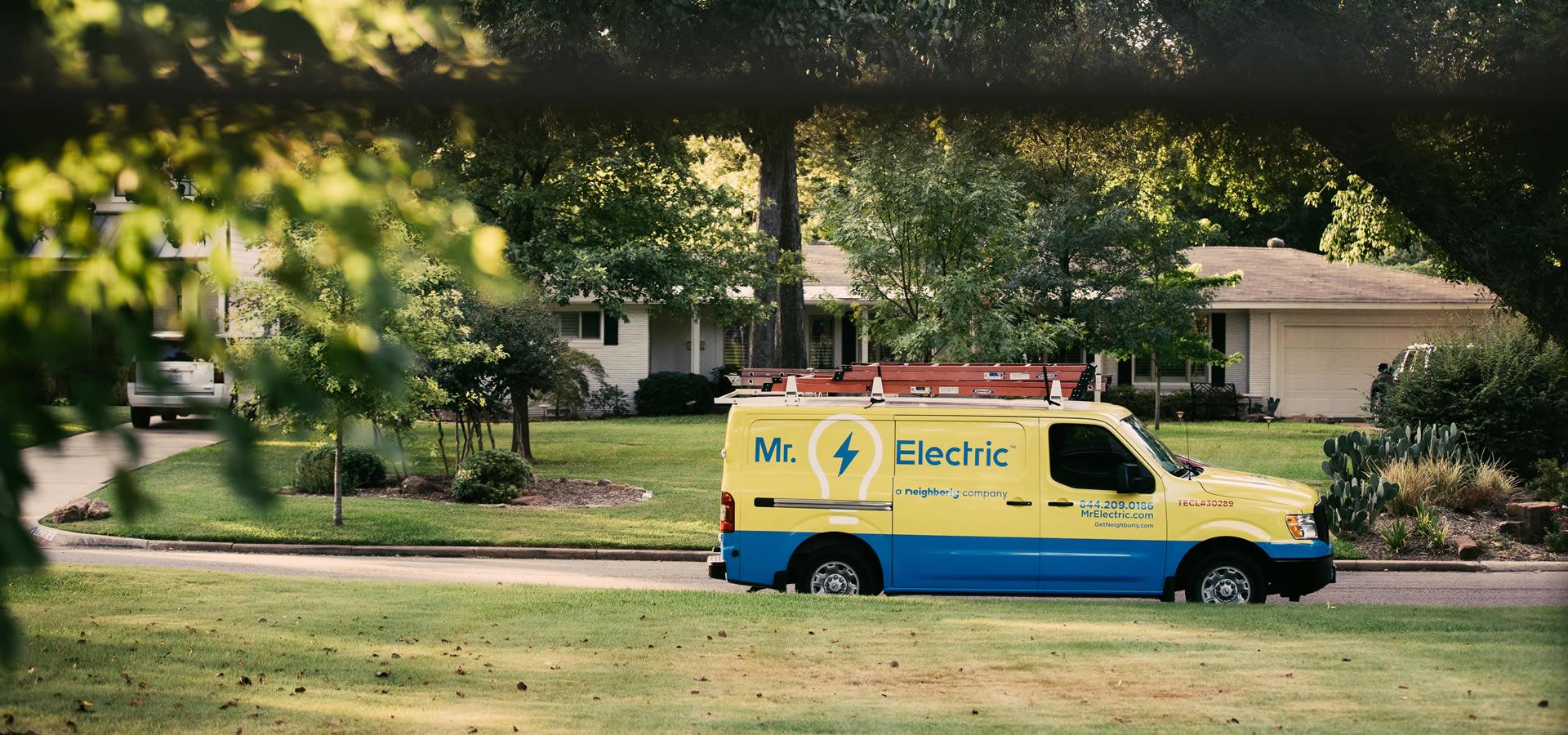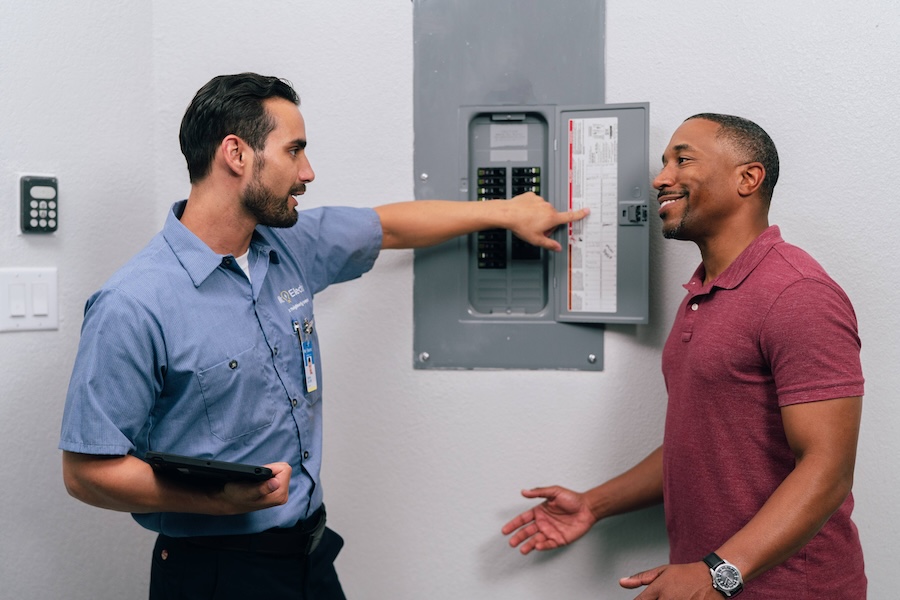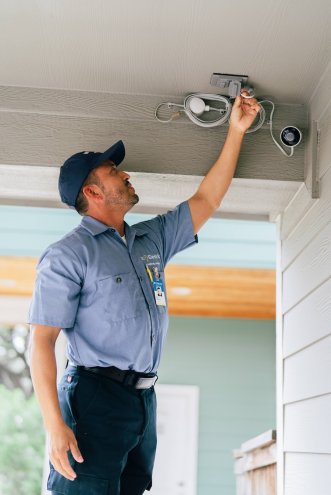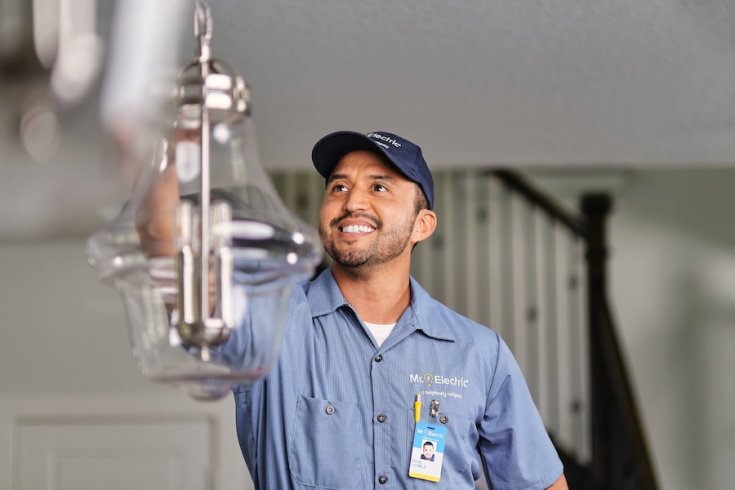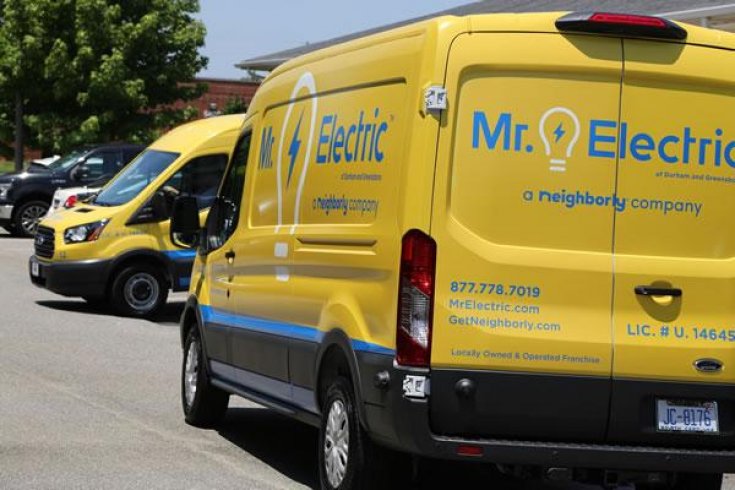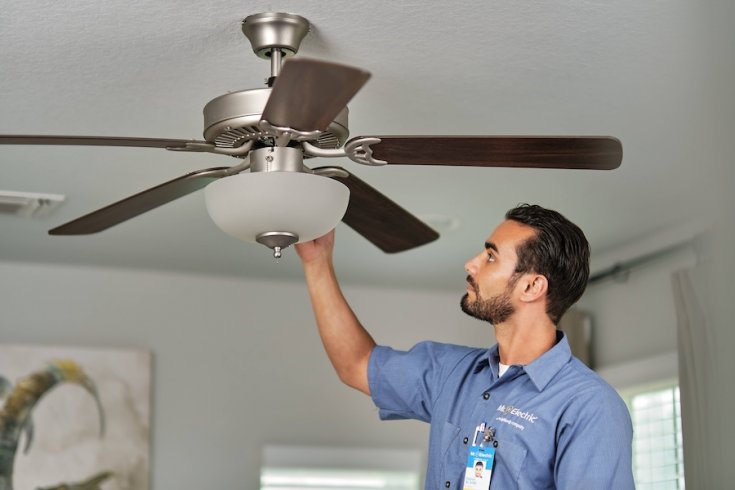What’s the Difference Between Replacing and Upgrading Your Electrical Panel?
The electrical panel in your home or business is like the brain of your electrical system. It distributes power to every outlet, light, and appliance—and yet, it often goes unnoticed. Most people don’t know when it’s time to call for an electrical repair, let alone whether they need a replacement or an upgrade.
It's a difference worth understanding. In this brief article brought to you by Mr. Electric, we break it down in a way that’s simple, relatable, and maybe even a little fun. Understanding your panel now can save money and prevent headaches and stress later.
What the Electrical Panel Does
Think of your electrical panel as a traffic controller for electricity. It takes the power coming from the utility company and safely sends it to different circuits throughout your property. Each breaker inside the panel acts like a stoplight; they turn off automatically if a circuit is overloaded. This keeps you safer from electrical fires, shorts, and other hazards.
Though it works hard, the panel doesn’t get much attention. Unlike a leaky faucet or a squeaky door, an electrical panel rarely gives obvious warning signs - until it blows. That’s why it’s important to understand the difference between replacing and upgrading your panel.
Electrical Panel Replacement
An electrical panel replacement is usually recommended when your existing panel is damaged, outdated, or unsafe. Signs of that include, but are not limited to:
- Frequent breaker trips or blown fuses
- Rust, water damage, or burning smells around the panel
- Outdated panels which have a history of safety issues, and whose parts are hard to find
- Physical damage like broken breakers or exposed wires
Replacing a panel is essentially taking out the old unit and putting in a brand-new one. The process involves installing a new panel with modern breakers, testing the wiring, and making sure that everything meets current safety codes.
We typically recommend a replacement when the panel is beyond repair or if it presents a clear safety risk. A certified electrician is essential here - they know how to handle the high-voltage work and can inspect the rest of your system for any hidden issues.
Electrical Panel Upgrade
An upgrade, on the other hand, is about capacity and performance rather than fixing damage. You might need an upgrade if:
- You’ve added major appliances like air conditioners, electric ranges, or electric vehicle chargers
- You’ve remodeled or added square footage that increases electrical demand
- You deal with frequent breaker trips even though your panel looks in good condition
- You want to future-proof your home for smart technology or additional circuits
Upgrading a panel often means moving from a lower-amp panel (like 100 amps) to a higher one (200 amps or more). This doesn’t necessarily involve replacing the panel entirely - sometimes individual circuit breakers can be swapped out, or additional subpanels can be added. The goal is to safely increase electrical capacity without overworking the system.
Just like with replacements, a certified electrician is crucial. Handling higher amperage and ensuring proper grounding is NOT a DIY-friendly task.
Signs You Should Call for Electrical Repair
Even if you’re not ready for a full replacement or upgrade, some warning signs mean it’s time to call an electrician. Contact Mr. Electric if you notice:
- Buzzing, sparking, or unusual smells near the panel
- Breakers that won’t reset
- Flickering lights or appliances that malfunction
- Warm outlets or switches
These are potential emergencies, and it's always better to be safe than sorry. Mr. Electric offer emergency services, so feel free to call or message at any time of the. Remember, a stitch in time saves nine!


